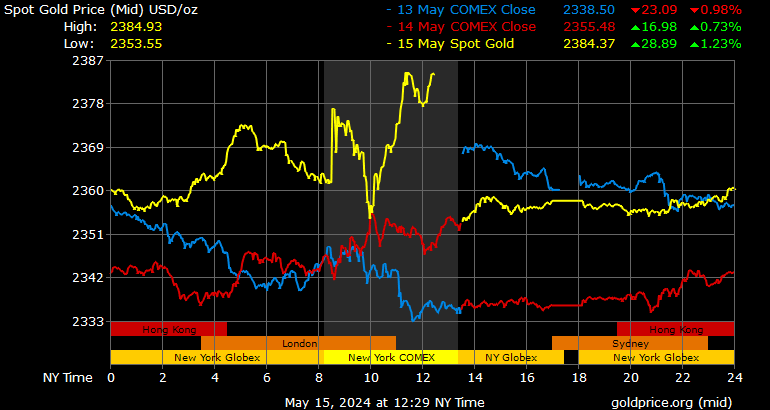Directive management of monetary relations
HISTORY OF CZECHOSLOVAK CURRENCY.
The organization of monetary relations and their management after 1948 (and especially after 1953) corresponded to a fundamental change in views on money and its functions in the socialist state. The money, capital and foreign exchange markets were excluded. They were replaced by the directive management of all monetary relations, which became only a reflection of the materially determined direct proportions in the creation and distribution of the social product. The material proportions of the state plan had priority. Although money took its usual forms (as cash in circulation, as funds in bank accounts and as foreign exchange), its functions were completely different. They were not a factor that influenced the formation of real proportions in the economy, their growth, structure and balance. Interest was not the price of the capital market and the exchange rate was not the result of the foreign exchange market. The functions of money were precisely defined in terms of the scope of their activities and in terms of the directions of their activities in the central economic plan.
CONTENT
- Origin of the Czechoslovak currency.
- Monetary stabilization.
- Establishment of the central bank.
- National Bank of Czechoslovakia.
- Gold reserve.
- Economic boom.
- Depression.
- The main activities of banks.
- Development of the national economy.
- Art designs.
- Czech banking system.
- The disintegration of Czechoslovakia.
- German occupation of the Czech lands.
- Currency damage caused by the occupation.
- Preparation of post-war monetary policy.
- Inflation and monetary chaos.
- Organization of monetary relations.
- Socialization of finance.
- February 1948 and central management.
- Directive management of monetary relations.
- Monetary reform of 1953.
- Central plan.
- Isolation.
- Reform efforts.
- "Standardization".
- Economic problems.
- Economic transformation.
- Changes in monetary policy management.
- Development of the koruna exchange rate.
- Development of the banking system.
- Development in 1990-1992.
- Division of the Czechoslovak Socialist Republic.
- Origin of the Czech koruna.
- Monetary policy management.
- International cooperation.
- Monetary stabilization.
- Establishment of the central bank.
- National Bank of Czechoslovakia.
- Gold reserve.
- Economic boom.
- Depression.
- The main activities of banks.
- Development of the national economy.
- Art designs.
- Czech banking system.
- The disintegration of Czechoslovakia.
- German occupation of the Czech lands.
- Currency damage caused by the occupation.
- Preparation of post-war monetary policy.
- Inflation and monetary chaos.
- Organization of monetary relations.
- Socialization of finance.
- February 1948 and central management.
- Directive management of monetary relations.
- Monetary reform of 1953.
- Central plan.
- Isolation.
- Reform efforts.
- "Standardization".
- Economic problems.
- Economic transformation.
- Changes in monetary policy management.
- Development of the koruna exchange rate.
- Development of the banking system.
- Development in 1990-1992.
- Division of the Czechoslovak Socialist Republic.
- Origin of the Czech koruna.
- Monetary policy management.
- International cooperation.
JÁ  ZLATE-SLITKY .CZ
ZLATE-SLITKY .CZ
